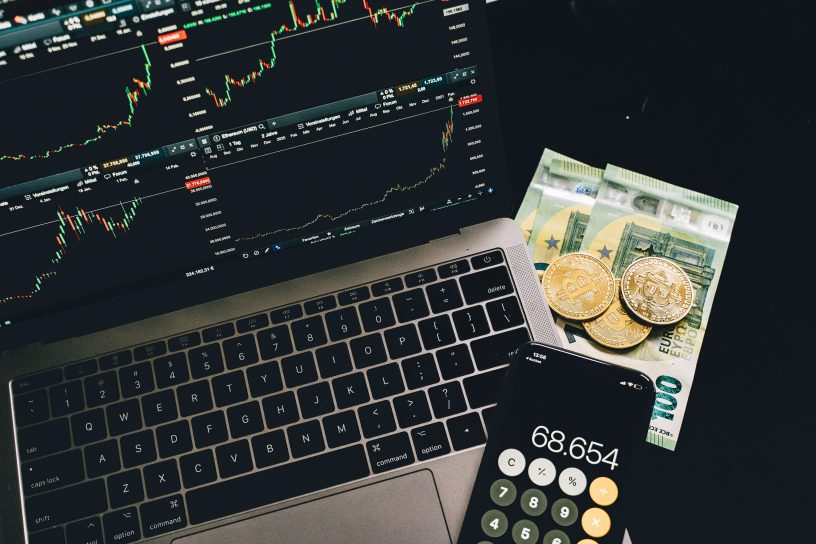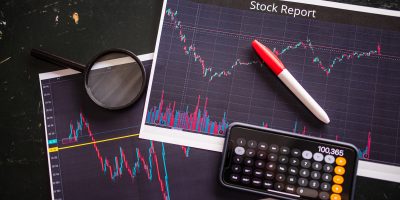A trade outcome distribution with a positive skew could be the result of a naïve application of a stop-loss without any regard to the underlying price action dynamics.
Naïve trading strategies worked well in the 1980s and 1990s before the advent of algorithmic trading. During that time, trading was synonymous with futures trading. After the bull market rally in the 1990s, equities trading gained popularity, with often devastating results for users of naïve strategies and technical analysis. Equity markets had a significant regime shift to negative 1-lag autocorrelation during the 1990s uptrend. As a result, trend-following’s effectiveness diminished and mean-reversion strategies gained traction. The market regime change was accompanied by a major change in descriptive performance statistics.
In a recent article, I argued that the usual arguments some trend-followers make about offering a positive skew are more about marketing than anything related to a robust performance. A positive skew in many cases reveals a naïve application of stop-loss, static or dynamic. As a result of using stop-losses until trends are captured, losing trades accumulate, and that shifts the distribution to the right. Trend-followers talk about a positive skew as a unique property of their strategies, but in reality, mean-reversion strategies can also offer it with a proper application of stop-loss. While using a stop-loss strategy reduces the potential of mean-reversion strategies, due to the fact that markets have been mean-reverting since the mid-1990s, performance might even be better than that of trend-following strategies. Below are two examples.
The examples are from the application of our B2S2 mean-reversion strategy for trading the SPY ETF and Dow-30 stocks. Below are the results without and with a 1% stop-loss. All backtests are with data from 01/03/1993 to 08/30/2023. In the case of Dow-30 stocks, we used Norgate Data series to account for delisted securities (follow the link at the end of the article).
B2S2 strategy applied to SPY ETF
| No stop-loss | 1% stop-loss | |
| Annualized return | 8.8% | 4.8% |
| Maximum Drawdown | -30.6% | -32.9% |
| Volatility | 14.6% | 12.2% |
| Sharpe Ratio | 0.60 | 0.40 |
| Number of Trades | 612 | 822 |
| Win Rate | 68.8% | 55.5% |
| Skewness | -2.51 | +0.60 |
The application of stop-loss caused a lower annualized return at a slightly higher maximum drawdown. The win rate decreased significantly, as was expected, from 68.8% to 55.5%. The skew increased from -2.51 to +0.60. By applying a stop-loss, we turned a highly negative skew into a positive one, but at the cost of sacrificing performance.
B2S2 strategy applied to Dow-30 stocks
| No stop-loss | 1% stop-loss | |
| Annualized return | 17.5% | 7.7% |
| Maximum Drawdown | -30.5% | -43.6% |
| Volatility | 17.3% | 13.6% |
| Sharpe Ratio | 1.01 | 0.56 |
| Number of Trades | 10,794 | 18,252 |
| Win Rate | 65.6% | 47.8% |
| Skewness | -1.18 | +1.09 |
The application of stop-loss resulted in a much lower annualized return with a higher maximum drawdown. The win rate decreased from 65.6% to 47.8%. The skew increased from -1.18 to +1.09. By applying a stop-loss, we turned a negative skew into a positive one, but at the cost of lower performance.
The skew of a distribution is a descriptive parameter. A positive skew of actual or backtested results means the distribution of trade outcomes diverges from normal and has a fatter right tail. In itself, this information may not be very useful in assessing expected performance. A positive skew may reflect a combination of the following:
- Past market regimes that are unlikely to repeat themselves have an impact on the skew value.
- The naïve application of stop-loss in trying to “cut losses short and let profits run”.
- The strategy relies on extended uptrends that have a low probability of forming in the future.
- A robust strategy that limits losses and maximizes gains.
Usually, (4) has a low probability, especially when dealing with non-stationary markets. In those markets, the distribution moments are random variables and far from constant. When considered in isolation, the skew provides little useful information about trading strategies other than the fact that actual or backtested results could be a combination of (1)–(3) above.
Free Book
Get a free PDF of the book “Profitability and Systematic Trading” (Wiley, 2008) by subscribing to the Price Action Lab blog’s free email notifications of new posts and updates.
Disclaimer: No part of the analysis in this blog constitutes a trade recommendation. The past performance of any trading system or methodology is not necessarily indicative of future results. Read the full disclaimer here.
Charting and backtesting program: Amibroker. Data provider: Norgate Data
If you found this article interesting, you may follow this blog via RSS, Email, or Twitter







